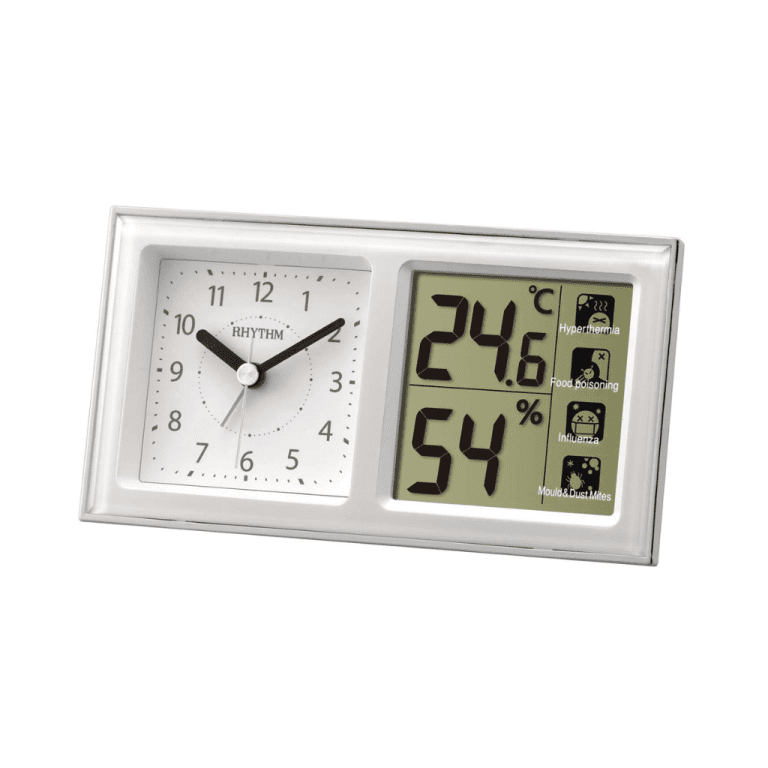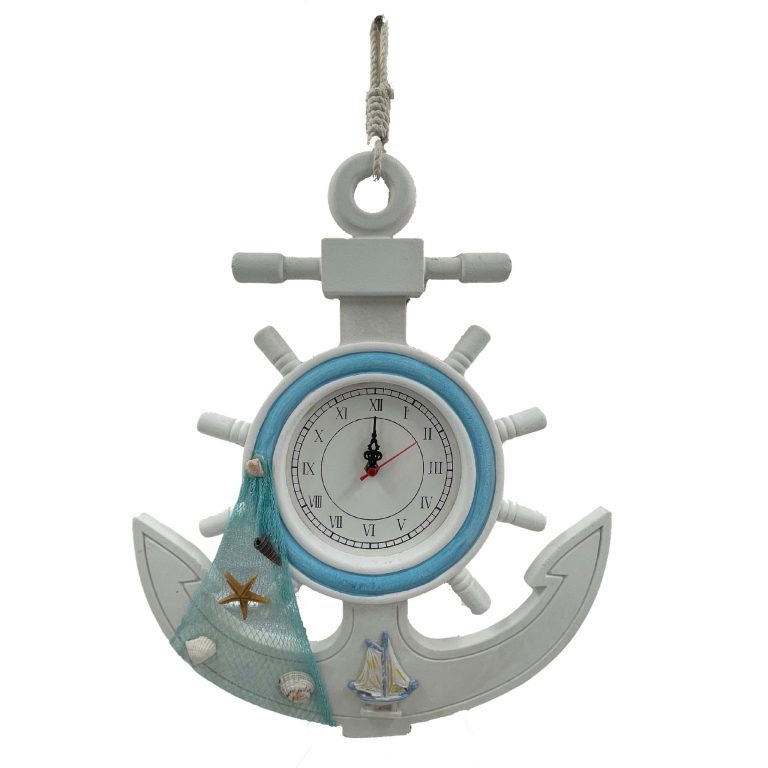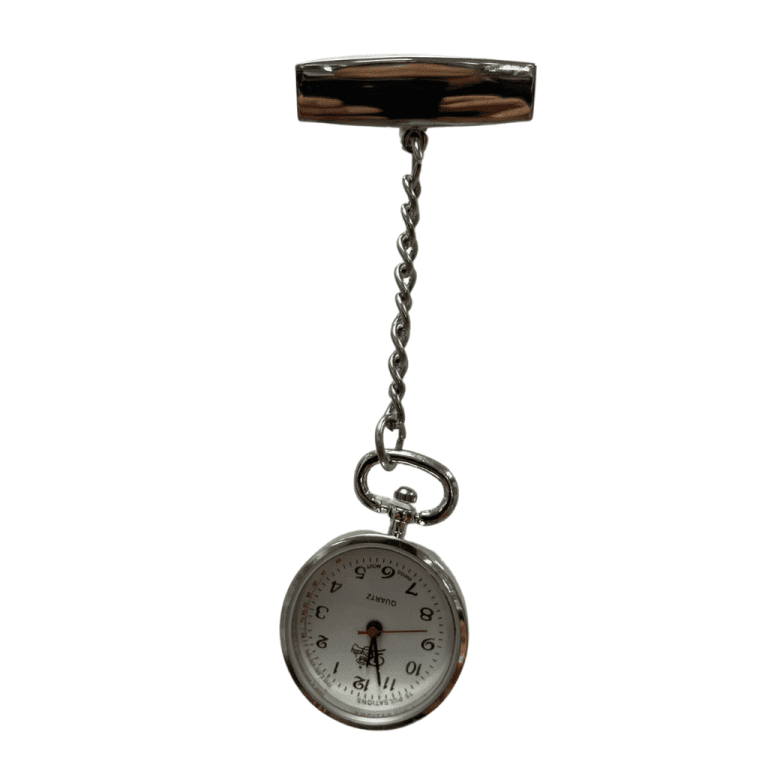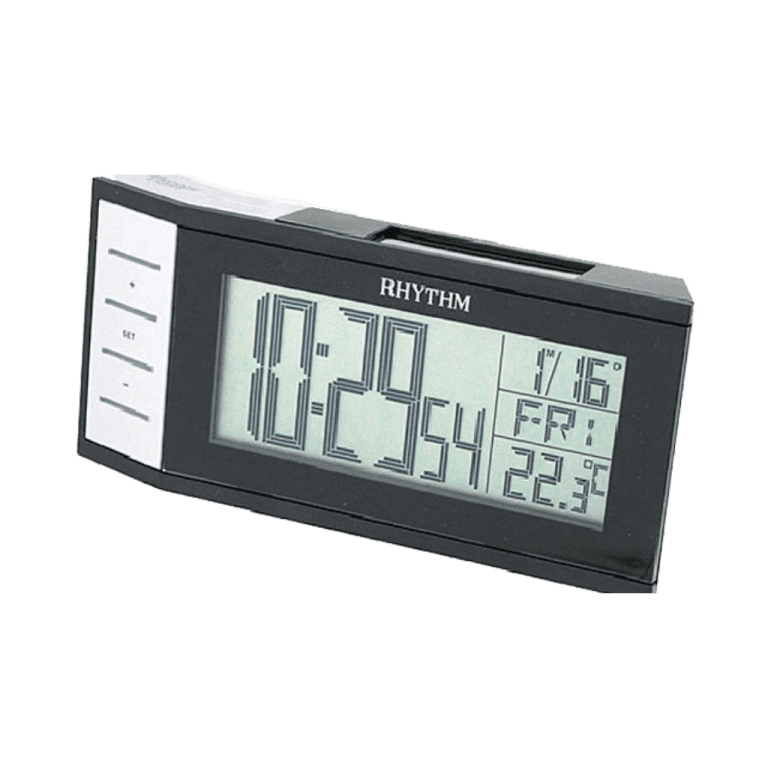.Here are some effective steps and strategies:
- Start with the Basics
- Understand Numbers: Ensure the child can recognize and count numbers up to 60.
- Introduce the Concept of Time: Explain what time is and why it’s important (e.g., for meals, playtime, or bedtime).
- Use Analog Clocks
Analog clocks are essential for understanding time concepts, such as hours, minutes, and seconds.
- Show the Clock Face:
- Point out the numbers (1–12) and explain their positions.
- Discuss the hour hand (short) and minute hand (long).
- Teach the Hour Hand First:
- Explain that the short hand shows the hour.
- Practice reading times like 1 o’clock, 2 o’clock, etc., before moving to minutes.
- Introduce the Minute Hand:
- Explain that the long hand shows the minutes and moves around the clock.
- Teach them to count in fives around the clock face (e.g., 5, 10, 15, 20…).
- Practice with Simple Times:
- Use examples like 3:00, 4:30, or 6:15 before progressing to more complex times.
- Use Digital Clocks
- Introduce the Digital Clock: Show how digital clocks display time (e.g., 2:45).
- Connect Analog and Digital: Help them relate the two by showing the same time on both types of clocks.
- Make It Fun and Interactive
- Use Visual Aids:
- Get a toy clock with movable hands.
- Use flashcards with different times for them to identify.
- Play Time-Telling Games:
- Ask them to set the clock to a specific time.
- Quiz them on daily routines (e.g., “What time is dinner?”).
- Incorporate Songs and Rhymes:
- Use catchy songs about time to make learning memorable.
- Relate Time to Daily Activities
- Help them associate time with routines, like:
- 7:00 AM: Wake up.
- 12:00 PM: Lunchtime.
- 8:00 PM: Bedtime.
- Practice Regularly
- Practice a little each day to reinforce their understanding.
- Gradually increase the complexity as they become more comfortable.
- Be Patient and Encouraging
- Learning to tell time can take a while, so be supportive and celebrate their progress.
- Avoid overwhelming them; keep sessions short and enjoyable.
By breaking down the learning process and using engaging tools, kids can learn to tell time effectively and confidently!














